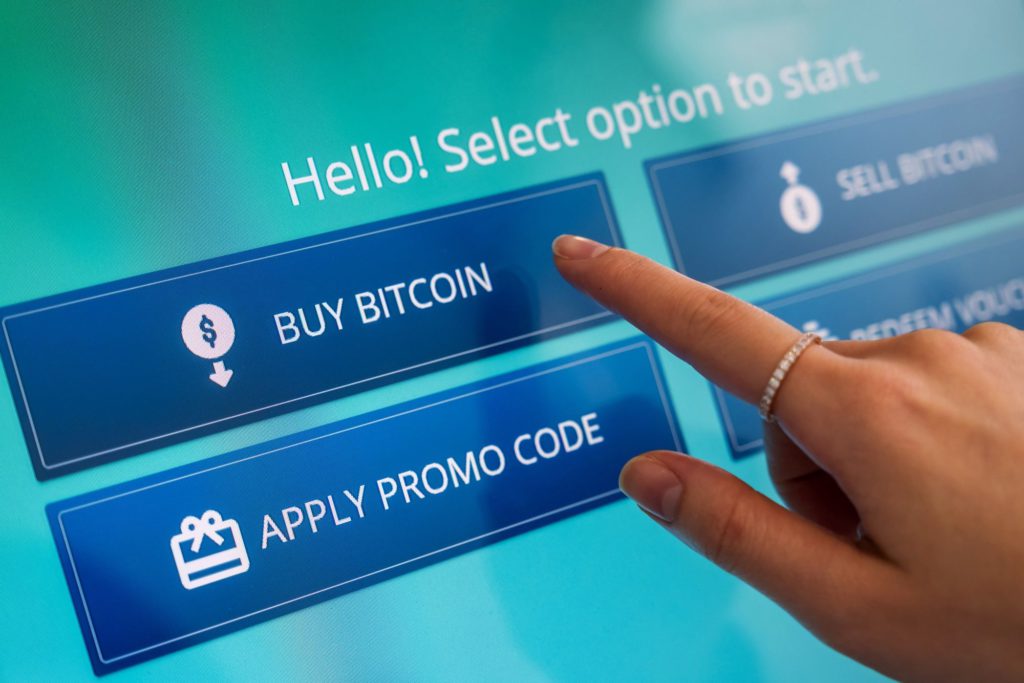(Bloomberg) — Tesla Inc. reported better-than-expected earnings as record sales of its electric vehicles fattened margins and carried the company to a first $1 billion quarter of net income in its 18-year history.
Profit more than tripled to $1.45 a share on an adjusted basis, beating the 97-cent average of analysts’ estimates and marking the eighth straight quarter of profit. Tesla shares rose as much as 2.6% before the start of regular trading Tuesday.
Rising sales of Model Y crossovers and Model 3 sedans delivered a fourfold increase in operating income, even as Tesla grappled with chip shortages and port congestion and slogged through a costly ramp up of new Model S and X vehicles. The company widened its margins from core auto operations to 25.8%, from 22% in the prior quarter and 18.7% a year earlier.
“It puts them down the path of being the best-in-class automotive company from a margin perspective,” said Ben Kallo, a Robert W. Baird analyst. “I don’t think anyone expected this big of a beat.”
Tesla’s auto gross margin excluding sales have regulatory credits has increased almost 10 percentage points to the highest since the company introduced the Model 3, Chief Financial Officer Zachary Kirkhorn said on a conference call with analysts. That was possible because Tesla has lowered the cost of making cars by more than it has cut prices, he said.
While Tesla is still by far the world’s biggest automaker by market value, its shares have declined almost 7% this year even as the S&P 500 has reached new highs. More established peers including General Motors Co. and Ford Motor Co. have rallied as they have laid out plans to more aggressively push into the nascent EV market.
Chip Dearth
More competition from rival EVs comes against a backdrop of supply-chain challenges from a global semiconductor shortage and higher commodity prices. Chief Executive Officer Elon Musk said Tesla has had factory shutdowns due to parts shortages but was able to find substitute suppliers for some semiconductors. He warned the chip shortfall may crimp Tesla’s plans for boosting output.
“The global chip shortage situation remains quite serious,” Musk said on the call. “It does seem like it’s getting better, but it’s hard to predict.”
Tesla’s second-quarter revenue almost doubled to $11.96 billion last quarter, beating analysts’ estimates of $11.36 billion. Revenue from the sale of regulatory credits — used by other automakers to offset greenhouse gas emissions — totaled $354 million, down from $518 million in the first three months of the year.
Musk, who said he was speaking from the site of Tesla’s new factory under construction in Austin, Texas, dropped somewhat of a bombshell to analysts: going forward, he will no longer participate in all of the company’s quarterly earnings calls.
“Obviously, I’ll do the annual shareholder meeting but I think that going forward I will most likely not be on earnings calls unless there’s something really important that I need to say,” he said.
The company confirmed a forecast for 50% annual growth in deliveries over multiple year and reiterated that this may be one of the years it expands by more than that. The automaker said it is on track to start output of its Model Y crossover in two new plants — the one in Austin, and another in Germany — by year-end.
Tesla pushed back the start date for its Semi truck, first unveiled in 2017, yet again to next year. Production of its highly anticipated Cybertruck pickup will follow the Model Y in Austin, but Tesla didn’t provide further details.
“I don’t think anyone is surprised that the Semi is delayed and that the focus is on Model Y and Cybertruck,” analyst Gene Munster of Loup Ventures said in a phone interview.
Tesla generated $619 million of free cash flow, a major beat relative to the $319.1 million outflow projected by analysts. That was helped by deliveries of 201,250 cars worldwide in the second quarter, compared with 90,891 a year ago.
Bitcoin Loss
Tesla reported a Bitcoin-related impairment of $23 million in the quarter, a rounding error compared with its digital assets totaling $1.31 billion as of June 30.
The company disclosed in early February that it invested $1.5 billion in corporate cash to buy Bitcoin and said it would start accepting payments using the token, which sent the cryptocurrency’s price to a record and lent legitimacy to virtual currencies. But Musk later suspended vehicle purchases with Bitcoin on concerns about its environmental impact, which sent its value tumbling.
Tesla’s recent challenges in China and the profusion of U.S. regulatory probes into crashes involving Autopilot, its suite of driver-assistance features, have cast shadows over its prospects. While Musk didn’t address the company’s business in China — the world’s largest auto market — he said that U.S. regulators were not a “fundamental limiter” to deploying fully autonomous vehicles.
When asked about the take rate for Tesla’s Full Self-Driving function, he acknowledged that it is still not ready for wide release.
“We need to make full self-driving work, in order for it to be a compelling value proposition, otherwise people are kind of betting on the future,” Musk said. “Like right now, does it make sense for someone to do an FSD subscription? It’s debatable. But once we have FSD widely deployed then the value proposition will be clear and everyone will use it.”
(Updates with early share trading in the second paragraph.)
More stories like this are available on bloomberg.com
©2021 Bloomberg L.P.




